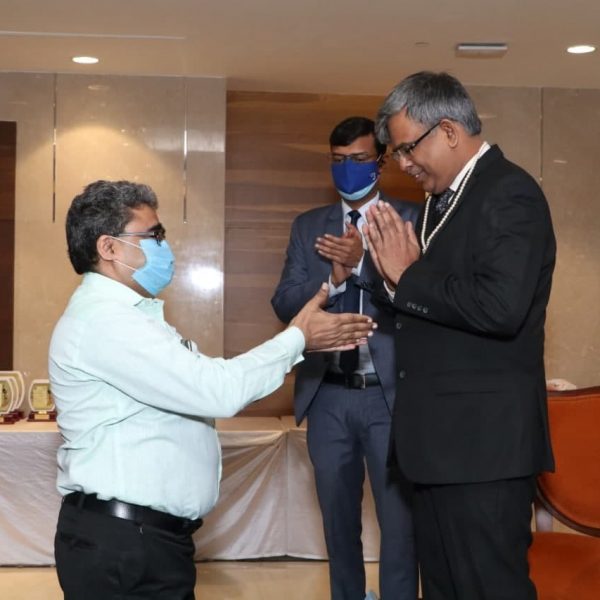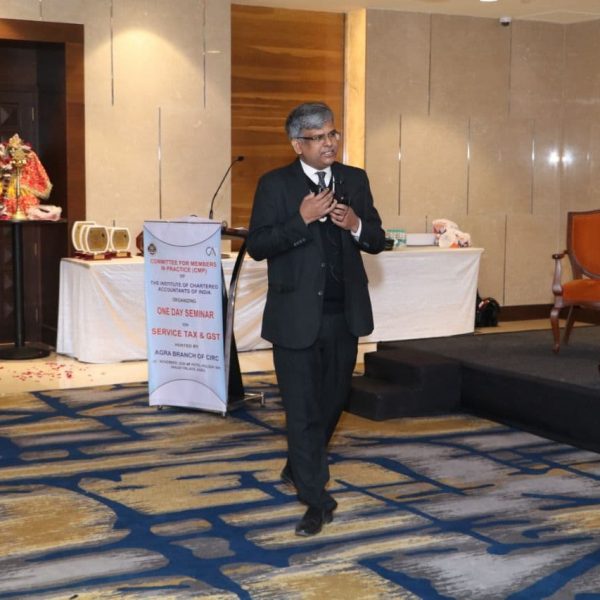Power and procedure for amendments of fundamental rights under the Indian and American constitutions.
Power for amendments of fundamental rights under the Indian constitution: Parliament is Competent to amend any Provisions of the constitution including the fundamental rights but this amendment Should not affect the basic Structure of the Constitution.
In the case of Shankari Prasad Vs. UOI (1951)(SC) first Amendment to the constitution was challenged on the ground that it abridged fundamental rights. SC held that the Power to amend is contained in A-368 and an amendment is not a law Within the meaning of A 13 (2) which states that the state shall not make any law which takes away or abridge the right conferred by Part 3 and any law made in contravention to this clause Shall be void to that extent. Therefore the amendment is valid even if abridge the fundamental Rights.
in Sajjan singh Vs the State of Raj (1965) (SC) it was held that Parliament has full power to amend the Constitution of India including fundamental rights. Amendments include amendment of all the provisions of the Constitution. In this case, inserting one of the ACT in schedule -9 was challenged
In the Golaknath Vs State of Punjab (1967)(SC), the court decided that the amendment of fundamental rights is Prohibited and using A-368 Procedure fundamental rights Can’t be amended. This Judgment has Overruled Shankari Prasad and Sajjan singh Judgment. A-368 Just laid down the “Procedure for amendments” and the court held that amendment is a law and therefore restricted within A-13(2).
A-13 and A-368 were amended by the 24th Constitutional Amendment 1971 to empower Parliament to amend any Provisions of the Constitution, accordingly, the heading of the A-368 changed from “procedure for amendments to constitutions ” to “Power of Parliament to amend constitutions and procedure therefore”. Also, the scope widened to amend by way of addition, variation or repeal any Provision and nothing in A-13 Shall apply to any amendments made under Article 368 by inserting new clause 368(3).
Kesavananda Bharati Us State of Kerala (SC) (1973) has again overruled the Golaknath Judgement and held that even Prior to the 24th constitutional Amendments in 1971 Parliament was empowered to make amendments adopting Procedure of A-368. It was also held that there is a limitation on amending Power also and any amendment which destroys the Basic structure of the Constitution shall be void. in this Judgment Illustration list of basic structures such as the supremacy of the constitution, democratic form of Government, Secularism, Separation of Power, federal character, a welfare state, maintenance of unity and integrity of India, Sovereignty of country, individual freedom, equality of status & opportunity, liberty of thought, expression, belief, faith and worship, Justice ( Social economic and political) and time to time supreme court Shall decide basic structure.
Shortly 42nd Constitutional Amendment in 1976 where two clauses 368(4) & (5) added. As Per A-36814) no constitutional amendment Shall be called in any court on any ground. A-368( 5’) there shall be no limitation whatsoever on the constituent Power of Parliament.
Minerva Mills Vs UOI (1980)(SC) The Hon’ble Supreme Court has struck down clauses 368 (4) &( 5) because Such amendments are against the basic structure because they give absolute Power to Parliament but limiting amending Power itself is a basic Structure and such clauses take away Power of Judicial review.
Judicial Review by SC A-32
A-323A and A-323B administrative Tribunal where Judicial review Power of High court under A-226 & 227 restricted and limited. in L- Chandra Kumar Vs. UOI (1997) (SC) Court has to shuck down A-323A(2)(d) and A-323 B(3) (d) as such Provision excluded Judicial review Jurisdiction of High Court available under A-226/227.
Procedure for Amendment
Article 368 lays down the process by which the Parliament can amend the constitution. The process is as follows.
Step 1
The Bill is introduced in either house of the parliament.
Step 2
The Bill must be passed by a total majority (irrespective of vacancies or absentees) and by a majority, not less than 2/3rd of people present and voting by both houses. There is no provision for joint sitting if there is a disagreement between both houses.
Step 3
After acquiring the majority, the Bill is presented to the President who will then give his assent to the Bill.
In the case of amendment of certain provisions mentioned in Article 368, in which the state is also interested, It needs to be ratified by not less than half of the states. Ratification should be done by a resolution passed by the state legislature. However, this must be passed before the amendment Bill is presented to the President for his assent.
Amendments Procedure of the US Constitution-Article V: The process for amending the U.S. Constitution is established by Article V: The Congress, whenever two-thirds of both houses shall deem it necessary, shall propose amendments to this Constitution, or, on the application of the legislatures of two-thirds of the several states, shall call a convention for proposing amendments, which, in either case, shall be valid to all intents and purposes, as part of this Constitution, when ratified by the legislatures of three-fourths of the several states, or by conventions in three fourths thereof, as the one or the other mode of ratification may be proposed by the Congress;
provided that no amendment which may be made prior to the year one thousand eight hundred and eight(1808) shall in any manner affect the first and fourth clauses in the ninth section of the first article; and that no state, without its consent, shall be deprived of its equal suffrage in the Senate.
The U.S. Supreme Court has declared that the Article V amendment process is the only method
of adding or removing language from the constitution.
Proposal of Amendments by Congress or Convention. The text of Article V provides two
possibilities for proposing an amendment:
(1) Congress may propose an amendment to the states, upon a two-thirds vote of both houses; or
(2) A convention may propose an amendment to the states. A convention is called by
Congress, on application of two-thirds of the states.
Ratification of an Amendment by the States. Once an amendment is formally proposed,
ratification may occur through one of two processes, as determined by Congress:
(1) Ratification by three-fourths of state legislatures; or
(2) Ratification by three-fourths of states, acting by state convention.
The substance of proposed amendments is not limited, except that an amendment may not
modify the balance of power among states in the Senate, without the consent of each affected
state.
Article V also contains now obsolete language prohibiting certain types of amendments
from being adopted prior to the year 1808.
Summary of Procedure: Amendments Proposed by Congress
The procedure for proposing amendments, submission to the states, and final ratification follows
the requirements of Article V, provisions of federal law, and the customs and practices that have
developed to guide the process over time.
An amendment generally follows this path:
(1) Proposal by Congress
(2) Submission to States
(3) Ratification
- Proposal by Congress. Congress is empowered to submit a proposed amendment to the states on a two-thirds vote of both the House of Representatives and the Senate. The custom of Congress is that amendment proposals are formatted as a joint resolution. The content of the joint resolution includes the text of the proposed amendment and the method of state ratifications (by legislatures or by state conventions). For the past century, nearly all resolutions have also included a deadline for state ratification.
- Submission to States. Upon approval by Congress, the proposed amendment is forwarded to the National Archives and Records Administration’s Office of the Federal Register (it is not presented to the president for approval). The Office of the Federal Register publishes the proposed amendment and prepares a package of informational materials on the ratification process for delivery to each state. The Archivist of the United States sends the proposed amendment and informational materials to each state’s governor. The state’s governor then submits the proposal to the state legislature for consideration.
- Ratification. When a state has ratified an amendment, it must submit a set of paperwork back to the National Archives and Records Administration. The Office of the Federal Register verifies that the documents appear to be in proper order and acknowledges receipt. The National Archives and Records Administration also receives records of other legislative actions—such as rejection of an amendment or rescission of a ratification—but it does not make any substantive determination about the validity of these actions. When it appears that a sufficient number of states have ratified a proposed amendment, the Archivist of the United States issues a proclamation certifying that the amendment has been ratified. The certification is published and serves as official notice of ratification. A ratified amendment is effective as of the day a sufficient number of state ratifications are completed, not on the day the certification is proclaimed.
Summary of Procedure: Amendments Proposed by Convention of the states
Apart from the requirements of Article V, there are no provisions of federal law or established
customs and practices that direct a specific procedure related to convening or administering a
convention. A federal convention has not occurred since the original convention was convened
to draft the Constitution in 1787.
The experiences of individual states in amending their state constitutions by convention—which
has occurred with some regularity over time—may be helpful in considering the issues that might arise in a federal convention, and in considering how those issues might be resolved.
Over time, state legislatures have developed customs and practices for submitting applications for a convention to Congress. Congress has never taken action in response to these applications, or in response to the customs and practices used to submit them.
Summary of procedure
Step-1
Convention called by congress on application of ⅔ rd states to adopt a proposal for amendment
or
Both houses of congress must adopt a proposal for amendment by ⅔ votes
step-2
Ratification of proposed amendment in convention by 3/4th of states
Or
Ratification of proposed amendment by 3/4th of states legislature










